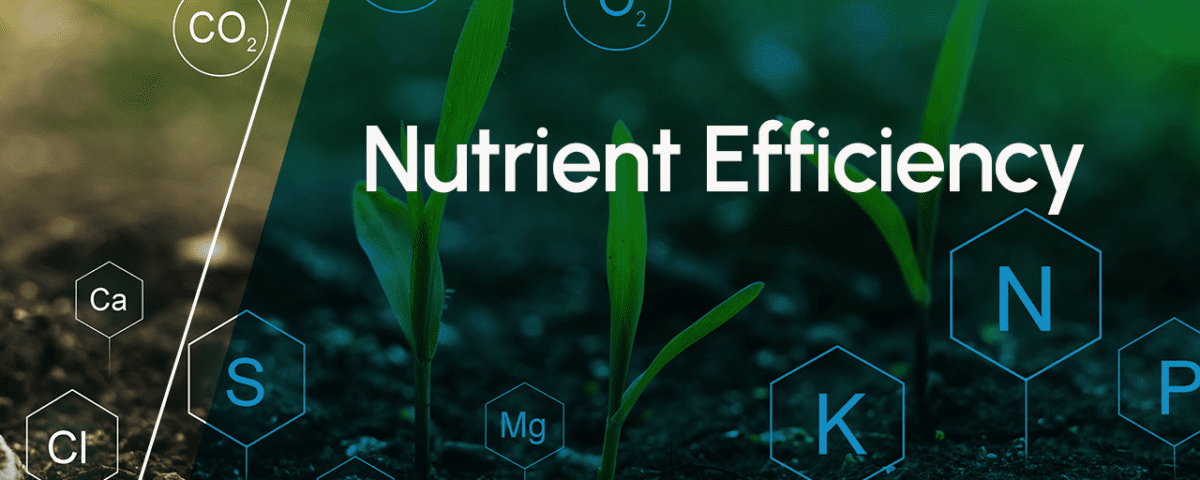
What a relief: calming stressed out crops, naturally

Creating a ‘softer footprint’ for crop inputs
It is a well-known fact that plants are often unable to make full use of all the nutrients present in soil — both naturally occurring and added.
To widen their reach, plant roots spread throughout the soil and grow root hairs to expand the root surface area, which serves as the interface for the absorption of nutrients from the environment. On top of that, plants cooperate with beneficial soil microbes that shuttle minerals to roots in exchange for food. However, large amounts of the naturally occurring soil nutrients are bound up in complex organic molecules that cannot readily be taken up by plant roots or the beneficial soil microbes.
Likewise, nutrients applied by growers in the form of fertilizers may have quickly been incorporated into similar complex biological molecules due to the activities of other soil microbes before the nutrients get into the reach of plant roots. This inaccessibility leads to inefficient nutrient usage by both plants and beneficial microbes.
The inefficiency in nutrient uptake prevents plants from reaching their full potential in terms of growth and yield. Moreover, it may also lead to wasted input resources since applied fertilizers may end up not directly benefiting the targeted crops.
Only a fraction of the applied fertilizers reach plants, and application rates of mineral fertilizers often exceed what can be utilized by plants and soil microbes early in the season.
“Nutrients that do not get utilized because they can’t be accessed fast enough create a sustainability issue because they leach or fly away,“ says Dr. Jörg Augustin, Elemental Enzymes biochemist and R&D director of Nutrient Use Efficiency. “And the leaching is what goes into the groundwater, which will end up in the lakes and the rivers, and can lead to algae blooms, along with nonpoint source pollution.”

Along with Dr. Dara Boardman, Elemental Enzymes soil enzymes product manager, Dr. Augustin is leading the charge in addressing nutrient inefficiency in agriculture through their work at Elemental Enzymes. Their research focuses on amplifying naturally occurring enzymes that break down complex molecules into smaller pieces more aligned with plant uptake. This process is not unlike breaking down a Lego house into individual bricks that can be used to build a new structure. Elemental’s enzymes target various compounds in the soil, including polysaccharides and lipids, that are common components of decaying plant and microbial matter.
While plants and microbes naturally produce their own enzymes, the addition of supplemental enzymes can enhance nutrient availability and uptake, leading to improved nutrient use efficiency. This approach allows farmers to apply less fertilizers while still achieving optimal plant growth and yield, ultimately saving costs and reducing environmental impact.

“We believe that unlocking the full potential of nutrients in the soil is essential for sustainable agriculture. By developing enzymes that break down complex biological molecules into smaller, more accessible forms, we aim to help plants make the most of what the soil has to offer, improving nutrient use efficiency and reducing waste,” adds Dr. Boardman. “Our goal is to support farmers in maximizing their crop yields while minimizing environmental impacts, ultimately contributing to a more sustainable and productive agricultural system.”
Harnessing what nature offers and amplifying through ongoing research is just one of the ways Elemental Enzymes continues to drive forward the goal of sustainable global agriculture. Delivering this innovative technology alongside current agriculture practices only helps to ensure its adoption and continued benefit to farmers and the global community.




